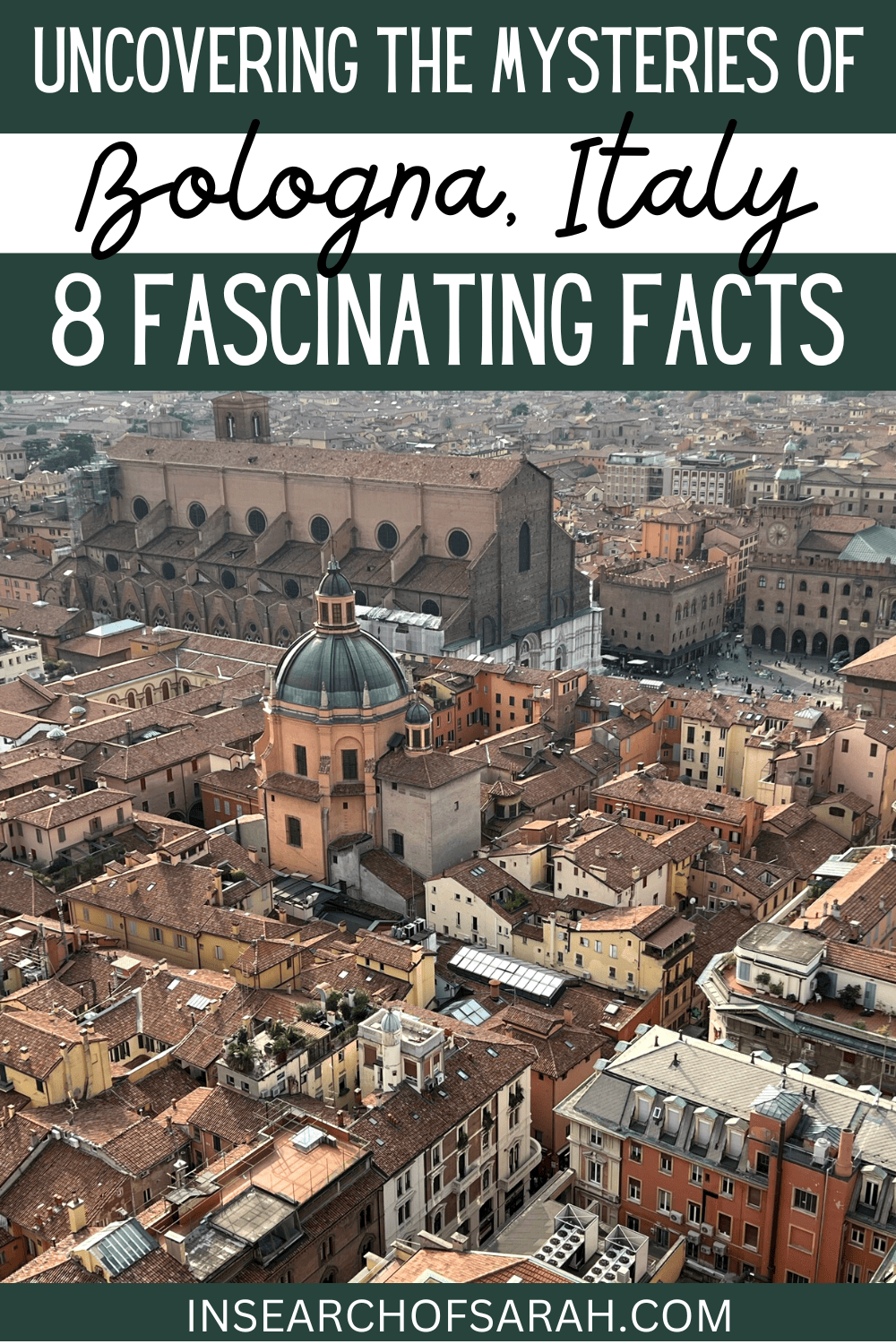Nestled in the heart of Italy, Bologna is a city that captivates visitors with its rich history, vibrant culture, and delectable cuisine. Often referred to as “La Dotta” (The Learned) due to its prestigious university, and “La Grassa” (The Fat) for its delicious food, Bologna has much to offer.
Bologna is one of my favourite places in Italy. The historic centre weaves together the threads of centuries, creating a tapestry of culture, architecture, and heritage. Stepping into the heart of the city is like entering a time capsule, where each cobblestone street and ancient building tells a story.
Check out these interesting facts about Bologna and explore the layers of history that make it a captivating destination!

This post contains affiliate links which means I earn compensation when you click on the links at absolutely no extra cost to you! Feel free to read my disclosure policy. Thank you for supporting my blog!
Plan your next vacation using these tools!
✈️ Book flights: Expedia & SkyScanner
🏨 Book hotels: Booking.com & Expedia
🚘Book car rentals: RentalCars.com
🎫Book tours: GetYourGuide & Viator
🩹 DIY Travel Medical Kit
💸 20 Cheap Travel Items Under $20
1. University of Bologna: The Oldest in the World
Founded in 1088, the University of Bologna stands as the oldest university in the world that is still in operation. Its historical significance and academic excellence have attracted students from across the globe for centuries.
Bologna’s intellectual legacy has left an indelible mark on the city, earning it the title of “The Learned.”
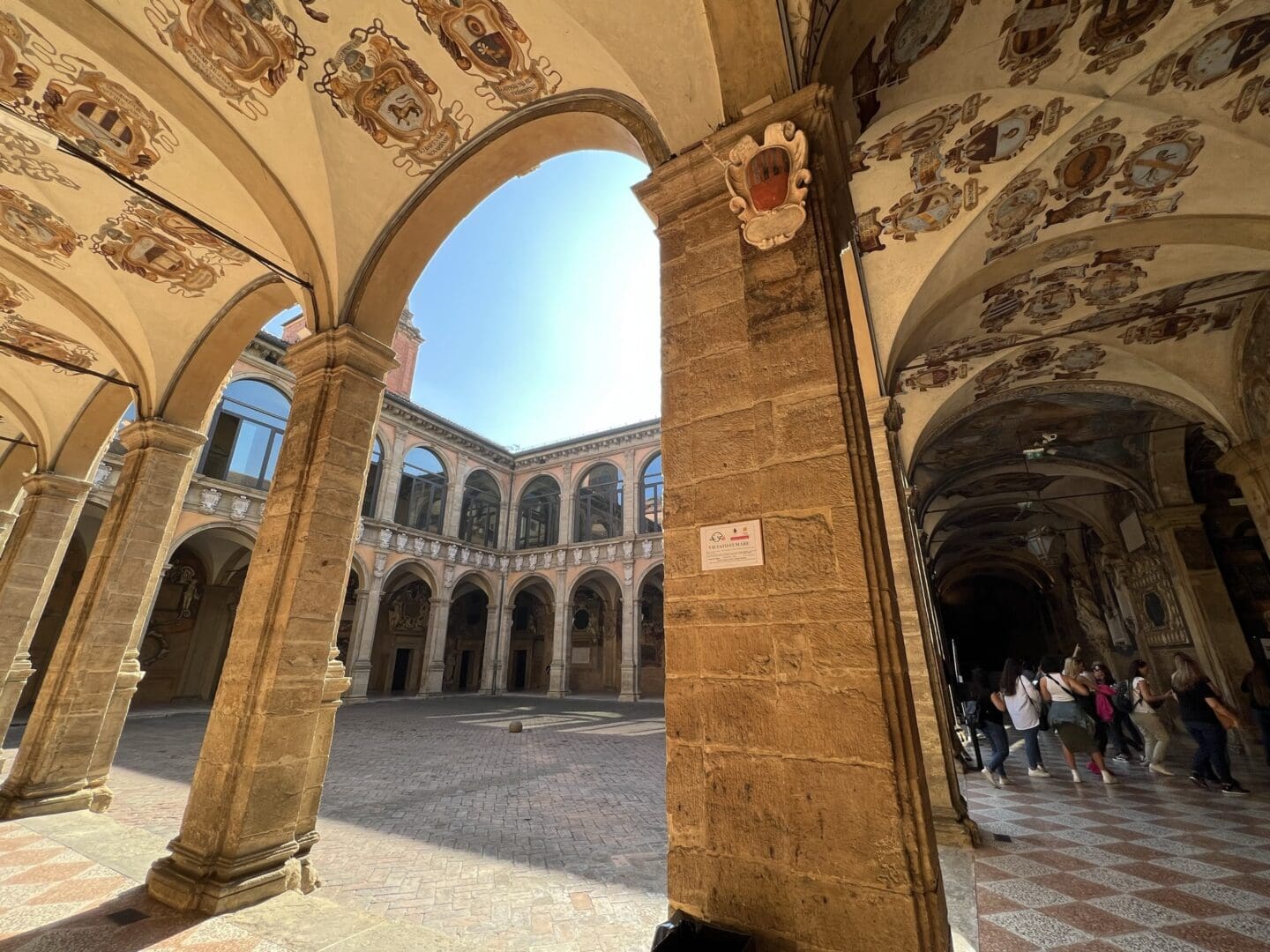
2. Medieval Marvel: Towers of Asinelli and Garisenda
Bologna boasts a distinctive skyline adorned with medieval towers, some of which date back to the 12th century. While only a handful of these towers remain today, they add a charming and timeless character to the cityscape.
The two most prominent towers, Asinelli and Garisenda, offer panoramic views of Bologna for those willing to climb their steep stairs.
The taller of the two, Asinelli, stands at 97 metres (318 feet) and offers panoramic views of the city. These historic structures served both as defensive fortifications and symbols of wealth and power.

3. Piazza Maggiore: The Heart of Bologna
At the core of the historic centre lies Piazza Maggiore, a grand square surrounded by architectural gems. The Basilica di San Petronio, a monumental church with an unfinished façade, dominates one side of the square.
The Piazza has been the stage for historical events, celebrations, and protests, embodying the pulse of Bologna’s civic life for centuries.
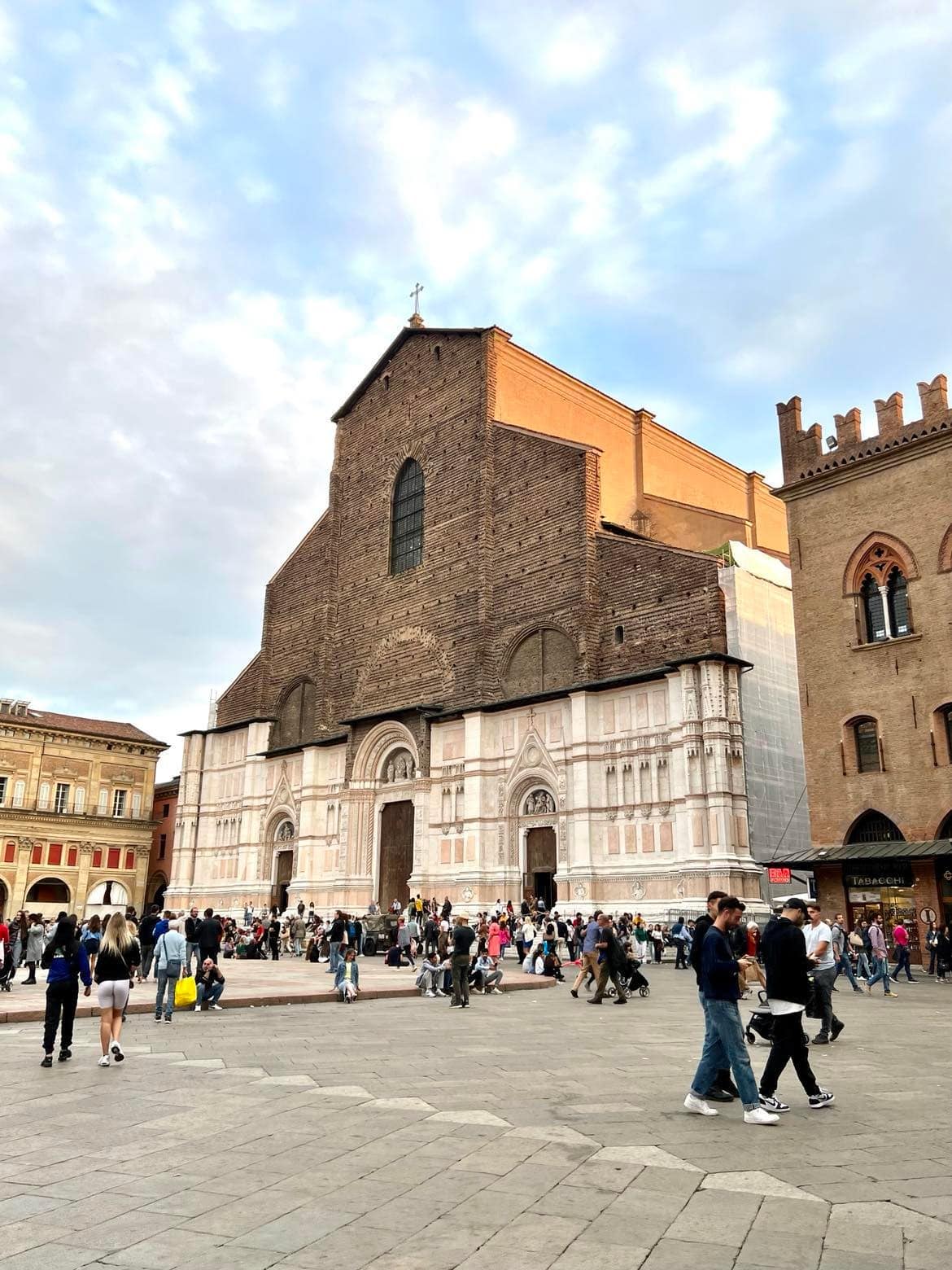
Related: 10+ Best Free Things to do in Bologna
4. Bolognese Cuisine: Culinary Delights
No exploration of Bologna is complete without savoring its renowned culinary offerings. Bologna is the birthplace of the beloved Bolognese sauce, traditionally paired with tagliatelle pasta. Indulge your taste buds with local specialties such as tortellini, mortadella, and Parmigiano-Reggiano cheese.
The city’s markets, such as Mercato di Mezzo and the city’s oldest food market, Quadrilateral, are perfect places to experience the authentic flavours of Bolognese cuisine.
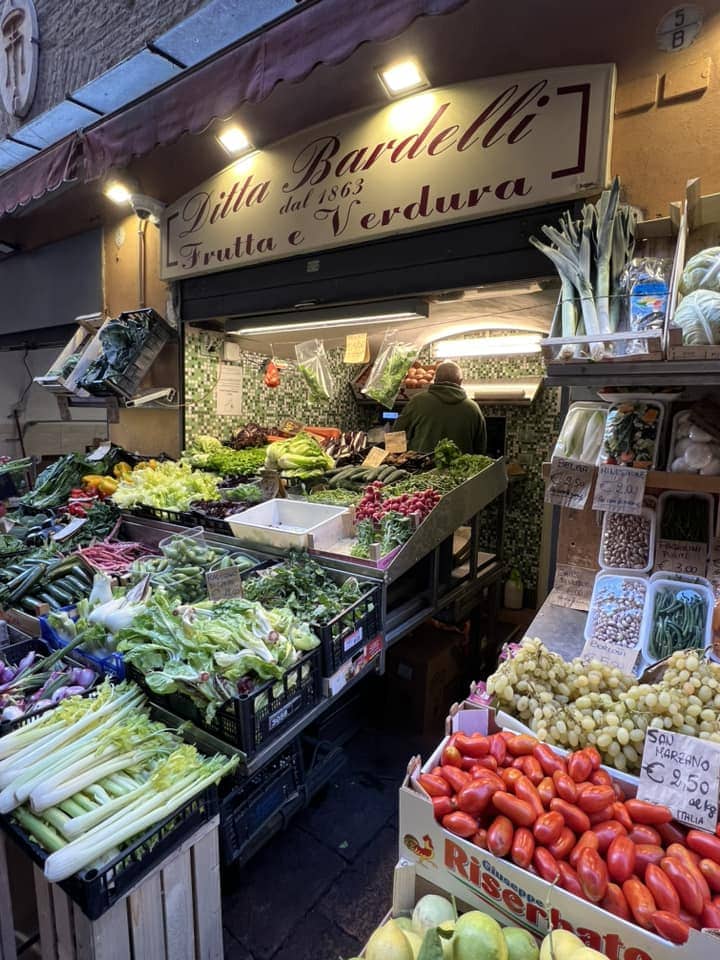
5. Porticoes: Bologna’s Architectural Marvel
Bologna boasts an impressive network of porticoes, covering over 38 kilometres (23.6 miles) in total.
These covered walkways, many of which were constructed during the medieval and Renaissance periods, provide shelter from the elements and contribute to the city’s unique architectural charm.
Stroll beneath these arches and marvel at the seamless integration of functionality and aesthetics.
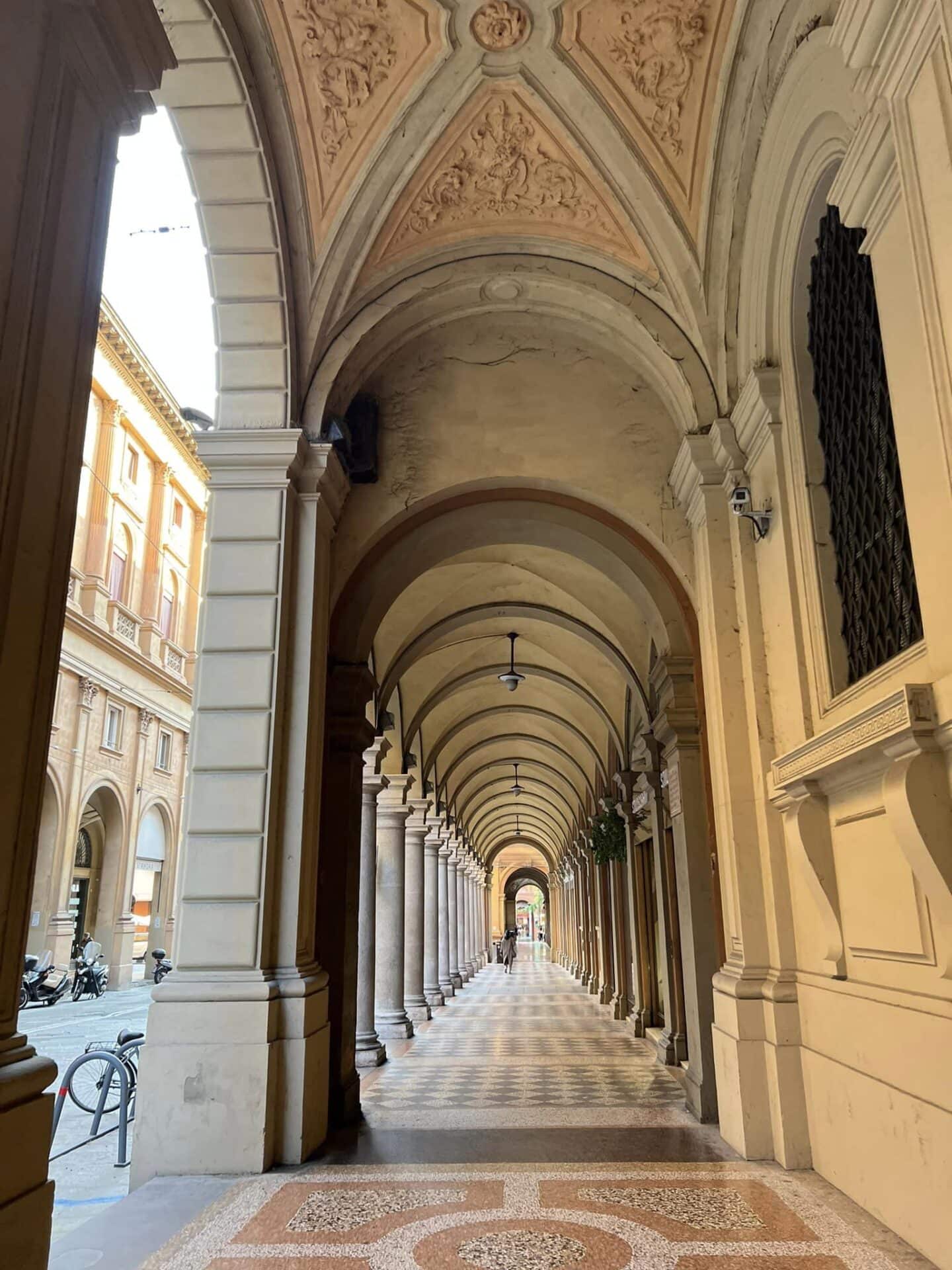
Related: Where to Find the Best Views of Bologna
6. Libraries and Archiginnasio: A Haven for Book Lovers
The Archiginnasio of Bologna is a historic building that once housed the city’s main university. Today, it is home to the Municipal Library and the famous Anatomical Theatre.
Bibliophiles will appreciate the abundance of libraries in Bologna, including the Salaborsa Library, where glass flooring reveals ancient Roman ruins beneath.

The Archiginnasio, once the main building of the University of Bologna, stands as a testament to the city’s commitment to education.
Constructed in the 16th century, it now houses the Municipal Library and the Anatomical Theatre.
The Anatomical Theatre is a striking example of Renaissance architecture, where medical students once observed dissections.

7. Fontana del Nettuno: Neptune’s Iconic Presence
Located in Piazza del Nettuno, the Fontana del Nettuno (Fountain of Neptune) is a masterpiece by the sculptor Giambologna. Erected in the 16th century, the fountain features the mighty sea god Neptune surrounded by nymphs and cherubs.
It serves as both a decorative element and a symbol of the city’s connection to water.
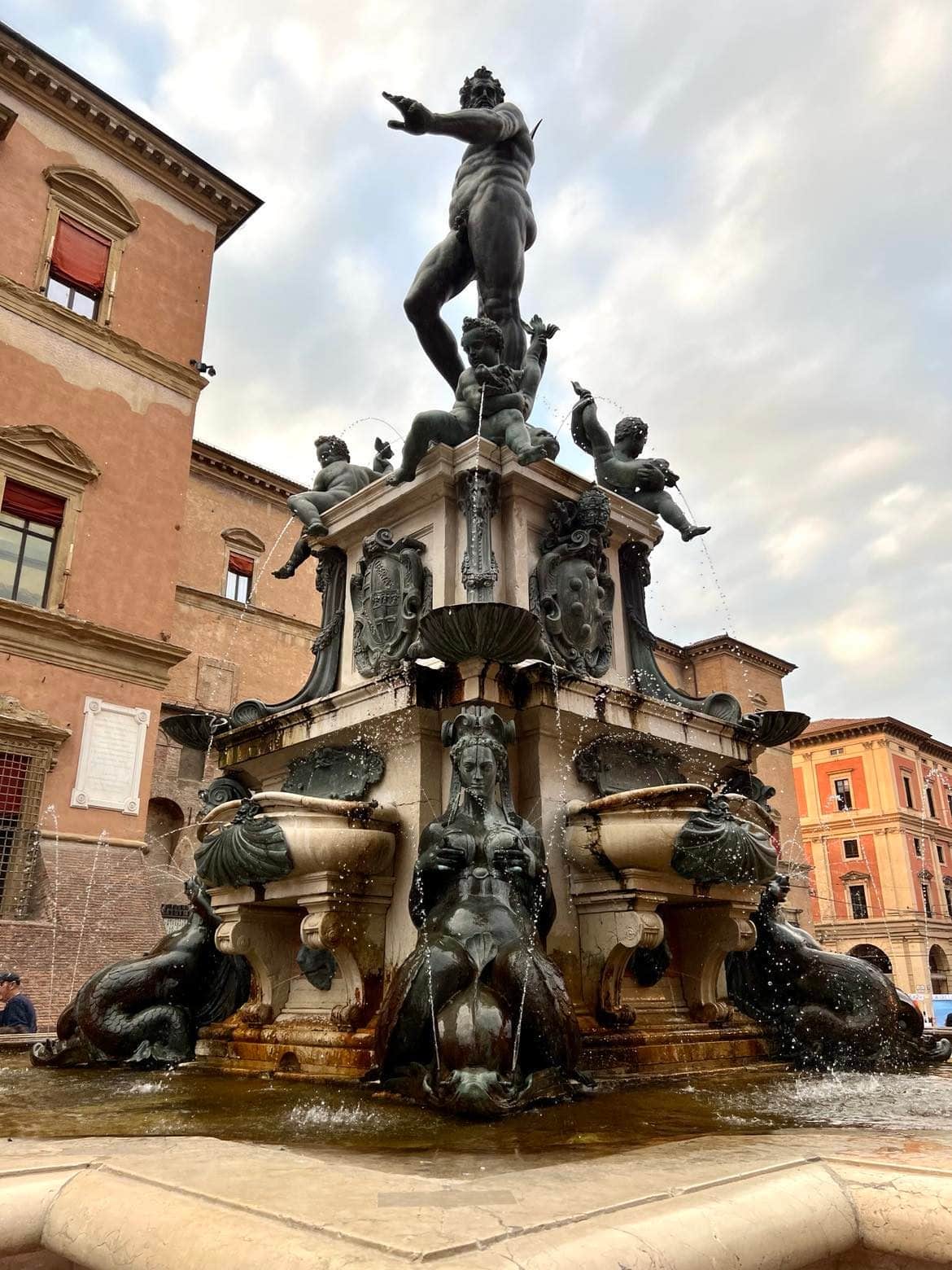
Related: 10+ Unique Things to do in Bologna
8. Hidden Treasures: Bologna’s Underground Secrets
Beneath the bustling streets of the historic centre lies a network of hidden treasures – Bologna’s underground canals and archaeological sites. The city’s waterways, such as the Canale delle Moline, played a crucial role in its development.
You can explore these subterranean wonders on guided tours, revealing a side of Bologna not visible at first glance.
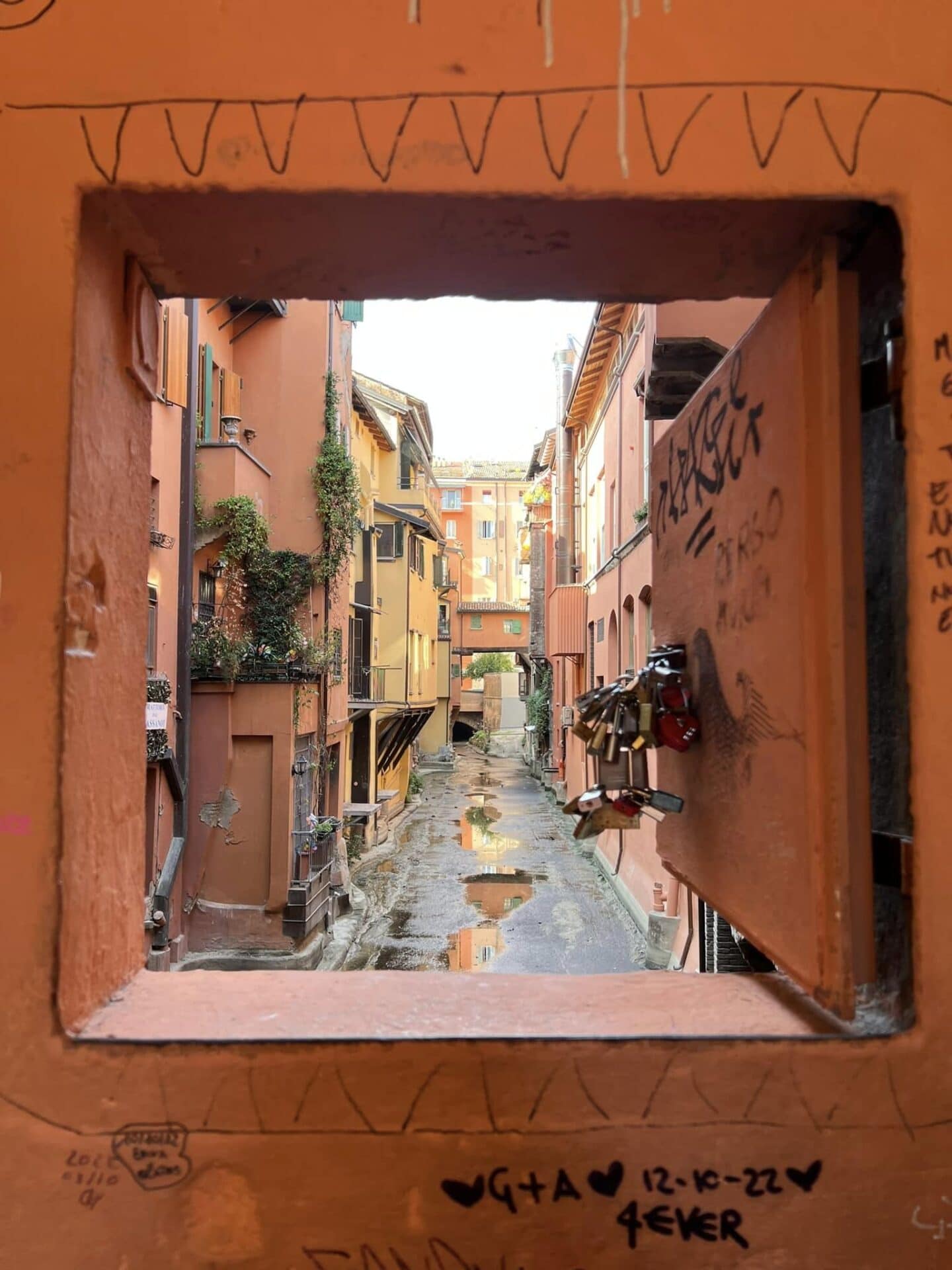
Ready to head to Bologna?
Bologna, with its blend of history, academia, and gastronomy, beckons travellers to explore its streets and immerse themselves in its unique atmosphere.
The historic centre is a living testament to the city’s enduring spirit and rich cultural heritage. As you wander through its labyrinthine streets, you’ll encounter the echoes of centuries past, from medieval towers to Renaissance masterpieces.
Bologna invites you to unravel its stories, one step at a time, and immerse yourself in the timeless beauty that defines this remarkable Italian city. So, pack your bags and prepare to discover the many facets of this enchanting city. La Dotta, La Grassa – Bologna awaits your exploration!
Related Posts
- Italy Travel Tips: Things to Know Before Going!
- 15+ Best Places to Visit in Northern Italy
- Romantic Places to Visit in Italy
- 25+ Best Free Things to do in Rome
- Top Things to do in Rome for Second-Time Visitors
Pin it for later!

